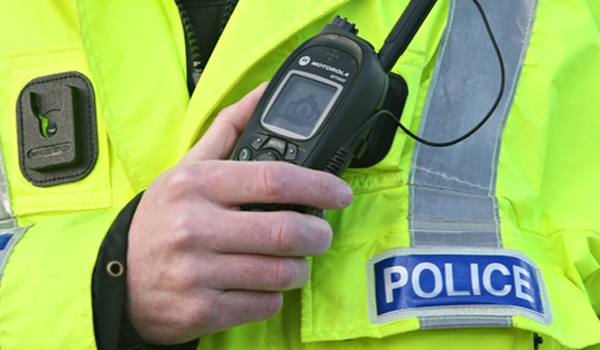Satellite tracking of offenders introduced in Scotland
Cutting-edge satellite technology is to be used for the first time to track offenders in Scotland. Justice Secretary Kenny MacAskill said it marked a significant step forward in the tools available to Scotlands law enforcement agencies to ensure offenders complied with the strict conditions placed on them upon release into the community.

Cutting-edge satellite technology is to be used for the first time to track offenders in Scotland. Justice Secretary Kenny MacAskill said it marked a significant step forward in the tools available to Scotlands law enforcement agencies to ensure offenders complied with the strict conditions placed on them upon release into the community.
Previously, only radio frequency technology could be used to establish when an offender had broken the terms of their release into the community. However, under a new contract with electronic monitoring technology specialist G4S, the very latest satellite tracking systems will now be rolled out across Scotland.
The five-year contract, worth £13 million, begins in April 2013. It will, for the first time, give Scotlands criminal and youth justice agencies the option of using the latest global positioning systems (GPS) technology to continuously track offenders whereabouts, as well as monitor compliance with curfew-based liberty restrictions.
The Scottish government says this will support the delivery of tough community sentences in Scotland, contribute to reduced offending and provide greater protection to the public.
The technology works by using GPS to continuously track offenders whereabouts in order to monitor compliance with restrictions handed down by the authorities. If an offender steps out of line and breaches the conditions of their community sentence or release on licence, an alarm will be triggered, allowing local agencies to immediately respond.
GPS offender tracking, already used across England and Wales, means police officers can now quickly locate and apprehend offenders when necessary.
The technology can also be used to establish exclusion zones which means an alarm will be triggered whenever an offender comes into the vicinity of an area they are prohibited from entering.
Mr MacAskill said: Recorded crime is at its lowest level for 37 years in Scotland, fear of crime is down, the risk of being a victim of crime is down, and we have over 1,000 extra police officers out on the streets in our communities. We want that to continue and protecting the public is an absolute priority.
The award of this contract allows us to utilise the very latest technology to keep our communities safe. Using satellite tracking rather than just radio frequency technology to ensure offenders comply with the strict terms of their release into the community is a significant step forward. It gives our law enforcement agencies greater tools in their armoury.
The vast majority of offenders abide by the terms of the restrictions placed on them upon release into the community. If anyone does step out of line, they can now be swiftly located and apprehended. There will now be nowhere for them to hide.
We will of course monitor the roll-out of this technology closely. If successful, it provides the opportunity to be utilised in other ways too, such as the monitoring of higher risk offenders, or providing the capability of setting up exclusion zones on where offenders can go and what they can do. Well be keeping a close eye on its development going forward and will actively consider further roll out to other uses if the evaluation proves positive.
In Scotland, where up to 700 offenders are monitored at any one time, the system will not only have implications for the monitoring of offenders, but for protecting former and potential victims of crimes, such as:
Sex offenders high-risk individuals such as sex offenders who are released on parole may have conditions attached to their licence, such as avoiding schools. The sophistication of the GPS system would allow G4S to programme in the details of every school in Scotland so that an alarm would be activated were the offender to breach an exclusion zone, allowing the relevant authorities to be alerted; and
Domestic violence the technology provides the capability to alert the victims of domestic violence when thei


